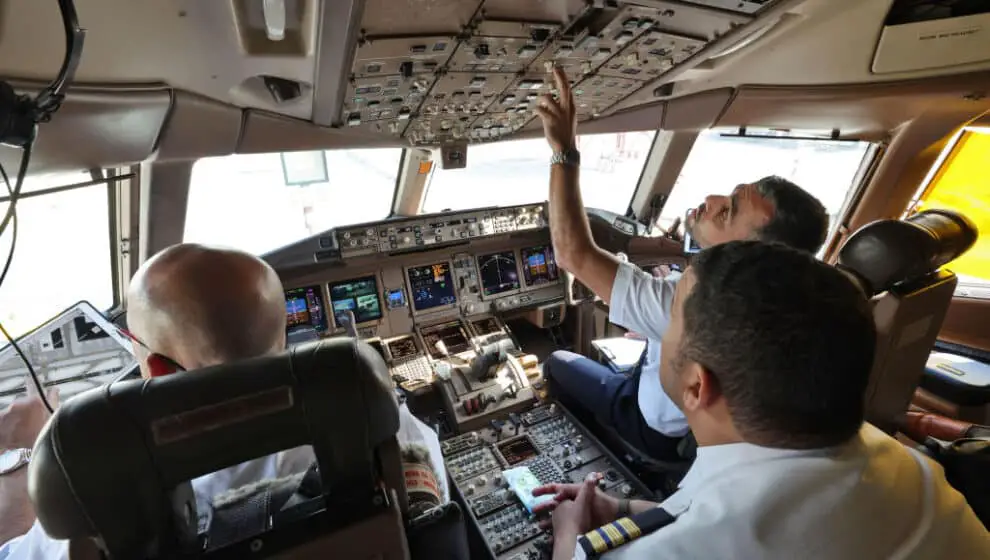U.S. airlines have a growing problem—more pilots are retiring than new ones are entering the workforce.
Key Details
- Airlines have already been struggling to retain enough pilots to meet the demand for flights, but new reports find that a wave of retirements could exacerbate the problem.
- Without enough pilots, travelers will have fewer flight options and may even see flight prices increase as airlines try to curb demand, Travel Noire reports.
- Pilots have a mandatory retirement age of 65. More than half of the current pilots will hit that age in the next 15 years.
- Not enough young pilots are entering the industry to compensate for the retired ones.
Why it’s news
Since the pandemic, airlines have been rapidly losing their crew members. Airline service is declining in at least 42 states that now have fewer flights than before the pandemic. Airports are suffering, too—as 136 locations report losing at least a quarter of their service. Around 500 planes owned by regional airlines have no pilots, according to Regional Airline Association (RAA) CEO Faye Malarkey Black.
The pilot shortage affects the whole nation, not just a specific region. Many airlines have still not returned to the level of service they experienced before the pandemic. That is not for lack of customers—many now find themselves with more customers than they have seats available.
RAA’s Black warned that a significant pilot shortage is on the way. He told CNN that the deficit is caused by poor pay and quality of life conditions.
The RAA represents regional airlines, but big airlines like America, Delta, and United are suffering from shortages, too. However, these larger airlines can hire pilots away from regional carriers more easily. This poses a problem for passengers in smaller cities where regional airports are the only way to catch a flight.
Larger airlines hired around 13,000 pilots in 2022, Black says. They recruited these workers from smaller carriers. Another 9,500 pilots earned their license last year—more than in years past—but even the increased number is insufficient to keep up with demand.
The high cost of pilot training often deters new hires. When including the cost of a bachelor’s degree, new pilots can cost around $200,000. These pilots-in-training have less access to government assistance that could offset their costs.
While the big airlines may be able to afford to pay pilots more, smaller regional carriers will struggle to match that level of pay.
